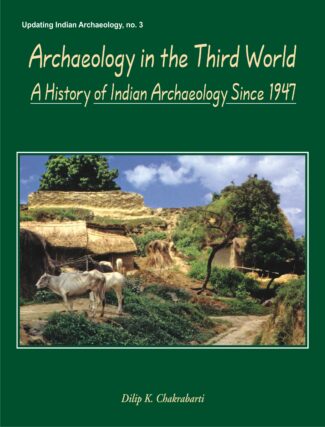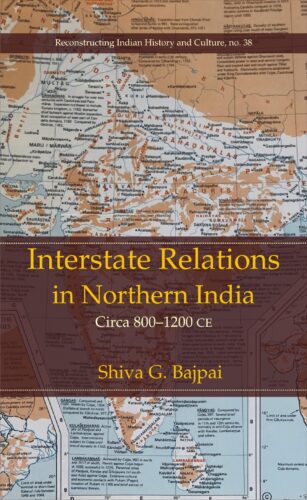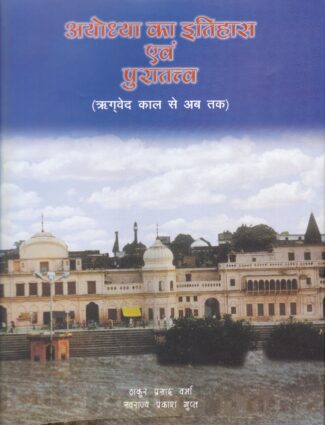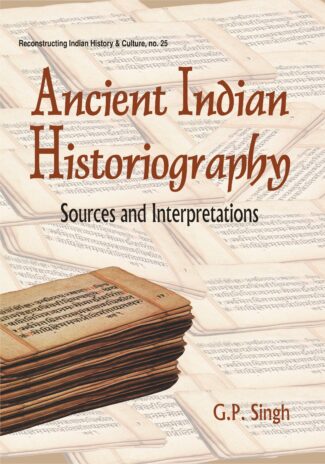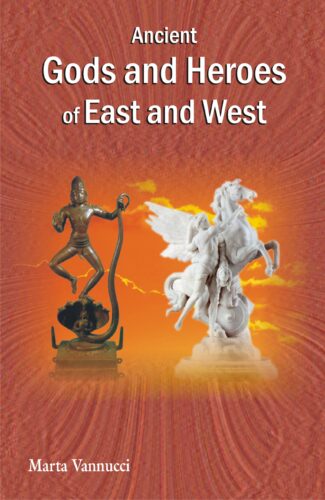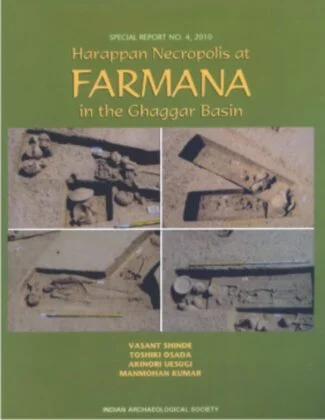

Harappan Necropolis ...
Harappan Necropolis at Farmana in the Ghaggar Basin
by: Vasant Shinde , Toshiki Osada , Akinori Uesugi , Manmohan KumarThis book unfolds the unknown aspects of the Harappan civilization. It throws light on Harappan people’s composition, movement, dietrary habits and burials; and also on the study of human skeletal remains.
₹1,000.00 Original price was: ₹1,000.00.₹900.00Current price is: ₹900.00.
ISBN: 9788124608494
Year Of Publication: 2009
Edition: 1st
Pages : 103
Language : English
Binding : Paperback
Publisher: Indian Archaeological Society
Size: 28 cm.
Weight: 450
This book unfolds the unknown aspects of the Harappan civilization. It throws light on Harappan people’s composition, movement, dietrary habits and burials; and also on the study of human skeletal remains.
- Sale!Archaeology in the Third World by: Dilip K. Chakrabarti
₹1,100.00Original price was: ₹1,100.00.₹990.00Current price is: ₹990.00.This book offers an authoritative historical frame of archaeological research in post-Independence India. It outlines the early evolution of the new Indias archaeological policy and the wide range of discoveries, which accompanied it. It shows how in the first flush of Independence archaeological research added new depths and dimensions to the ancient Indian past. It also looks closely at the tangled web of ideas behind this research, highlighting the major mile-posts in its story of development. At the same time it demonstrates with unerring clarity how the national archaeological policy of the 1950s and the 1960s has currently lost its direction. This is accompanied by an incisive analysis of different aspects of Indian heritage management, including the impact of religious fundamentalism, the looting of antiquities and the place of archaeology in Indian education. Finally, there is a detailed discussion on the scope of nationalist archaeology in India. One of the core arguments of the book is that the developments and features of post-Independence Indian archaeology may be representative of the archaeological scenario of the Third World as a whole. In fact, this is the first book to set down clearly the basic traits of Third World Archaeology and argue for its acceptance as a separate conceptual area in mainstream archaeology.
- Sale!Interstate Relations in Northern Indian by: Shiva G. Bajpai
₹1,400.00Original price was: ₹1,400.00.₹1,260.00Current price is: ₹1,260.00.The book thus delves deep into the philosophies of both Bdaryaa and akara in enunciating the essential features of Brahman and Its association with the world. It thus discusses topics such as what sort of cause Brahman is?, and what sort of material causality is to be ascribed to It? It also addresses the conflicting views on the nature of Brahman like that of Vivarttavda and of Rmnuja’s Sagua-Brahman.
- Sale!Ayodhya ka itihasa evam puratattva Rgveda kala se aba taka by: Thakur Prasad Verma, S.P. Gupta,
₹1,100.00Original price was: ₹1,100.00.₹990.00Current price is: ₹990.00.T.P. Verma and S.P. Gupta, after several years toil, have here presented the history of Ayodhaya in a chronological form from Rgveda times till today which has been proved with the evidences from archaeology, coinages, scriptures, etc.
- Sale!Ancient Indian Historiography by: G.P. Singh
₹1,000.00Original price was: ₹1,000.00.₹900.00Current price is: ₹900.00.In ancient India, learning and literature flourished at different levels and concerned almost all broad disciplines of knowledge. One such stream was historiography as we find a rich tradition of history-writing maintained over the centuries. This book examines the evolution of the tradition of historiography from the Vedic times to the 12th century ad, arguing against an oft-held belief that ancient Indians lacked a sense of chronology and history. Here, Dr. G.P. Singh highlights the contributions of ancient India to historiography through a critical study of literary works authored by eminent scholars and writers of the past that contain historical writing. Based on research for over two decades, the work elaborately studies Vedic, Epic and Puranic traditions, Buddhist and Jain historiography, historical references and details in the dramas of Kalidasa and Visakhadatta, and historical writing in South India. It pays special attention to writing of historical biographies, chronicles and vamsavalis. It discusses how various religious and other texts throw light on the political and social fabric of different periods and their economic condition and cultural milieu. It frequently refers to the views of modern scholars on various aspects of the historical writings. It looks into the value of the historical writings, the historical conditions under which they were written and the purpose for which written, their language and style, and their immediate impact and influence on writing in later times.The volume will offer fresh approaches to studying ancient Indian historiography and new bases of research on the subject for historians and scholars.
- Sale!Ancient Gods and Heroes of East and West by: Marta Vannucci
₹900.00Original price was: ₹900.00.₹810.00Current price is: ₹810.00.This book is a study of the people of nomadic groups or clans of Central Asia from about 6000 bce to the last millennium bce to explore why cultures and history developed the way they did in Central Asia by taking up the Indo-European and other settlements notably, the Greeks, the ancient Iranians and Indo-aryans of the Indian subcontinent for in-depth study. It deals with the quest for knowledge which led to evolution of cultures from simple primitive life to a society complex in structure, from philosophy to religion. The study of gods and heroes examines stories relating to migration and settlements and the geography of ancient civilizations. It is in this setting that their unique philosophies and religious beliefs flourished, giving rise to belief in numerous gods and heroes. It discusses the myths and legends of the ancient cultures, highlighting names, deeds and events relating to honoured gods and much-praised heroes. Dr Marta Vannucci significantly concludes that both Indo-aryan and Indo-Iranian people had been able to maintain their traditional customs and habits backed by technical developments up to the last centuries bce. Throughout, she bases her observations on reliable information provided by archaeology substantiated by oral and written traditions of Central Asia, Greece and Rome. The volume will be invaluable to scholars of history, anthropology and archaeology who are keen to systematically unravel the obscure origins of the great human civilizational march.



